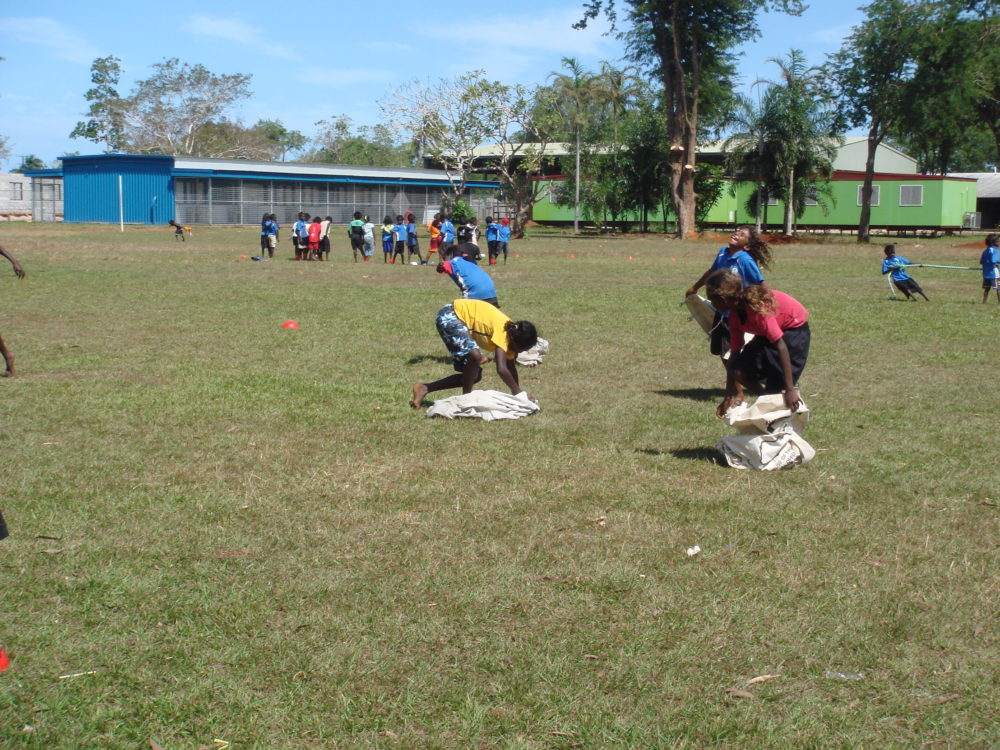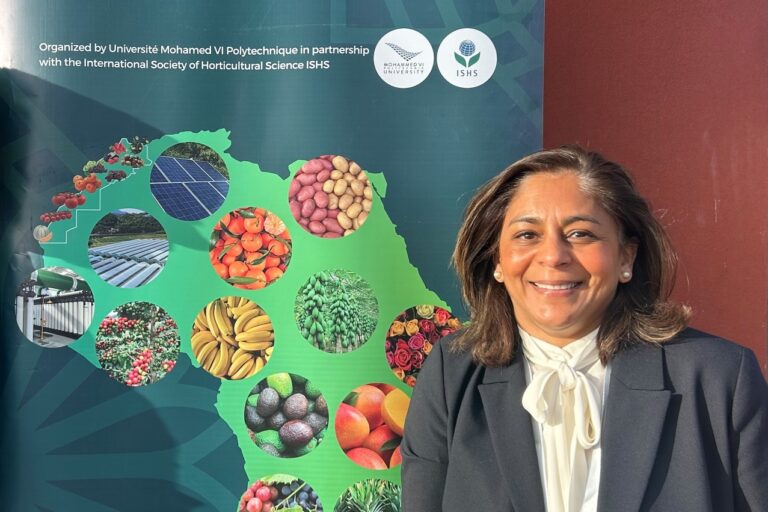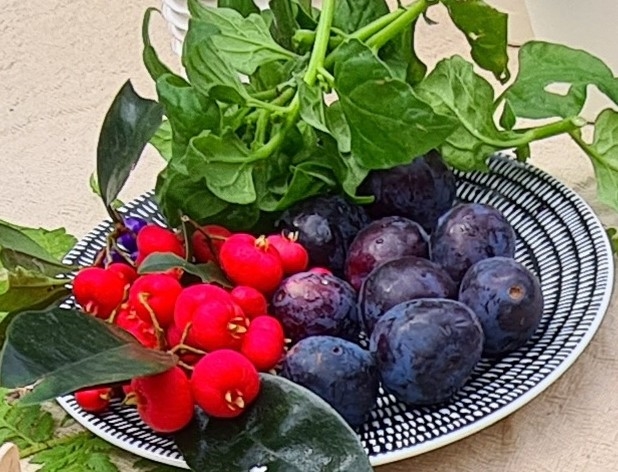By Neena Bhandari
Tiwi Islands (Australia), 03.11.2009 (Women’s Feature Service): Lynette De Santis, 45, was surprised when in October last year, she became the first elected Mayor of the Tiwi Islands Shire Council comprising Bathurst and Melville Islands with a largely indigenous Aboriginal population of 1,495 and 434. She had conquered what had thus far been a male bastion.
“It had become the norm that men would be chairperson, mayor or president so I was amazed when I was elected the first female Mayor. I have always stood up for the interests of my people and I suppose this resulted in my victory”, says De Santis, who was born and bred in Northern Territory’s capital Darwin and returned home to the islands in 1985.
Tiwi Islands, with an area of 8,320 sq km, lie 80km north of Darwin where the Arafura Sea meets the Timor Sea. The islands have been home to Indigenous Aboriginals for thousands of years and the Tiwis are culturally and linguistically distinct from Aboriginals of Arnhem Land on the mainland across the waters.
“It is now evident that people’s way of thinking is changing and it has made me a very proud Tiwi woman. Including myself, there are four women in our 12-member council. My male colleagues are supportive, respectful and easy to work with,” says De Santis, who hails from Milikapiti on Melville Island, which is separated from Bathurst Island by the narrow Apsley Strait.
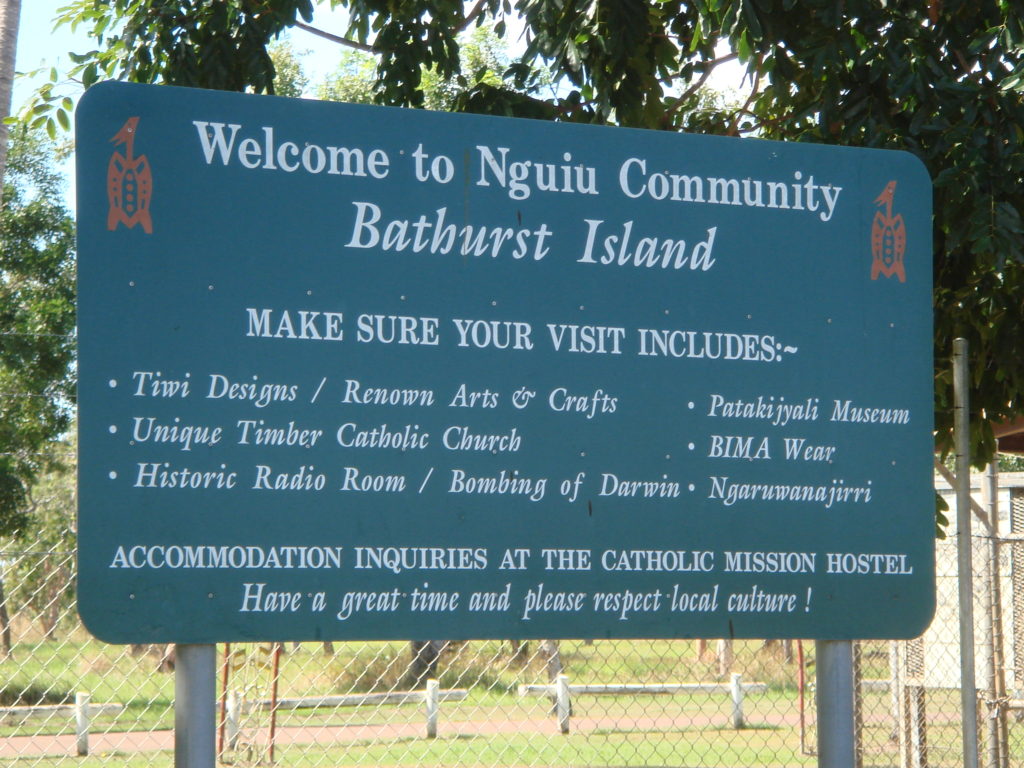
While the islands have had high incidence of domestic violence and suicides, Tiwi women have always run successful enterprises with printmaking/screening, dressmaking, and the arts and have been on the forefront to improve the lives of their families and community.
“My mother belonged to the `Stolen Generation’, but she encouraged all of her children to get an education as she didn’t have that opportunity. I have done Year 12 equivalent from Darwin Community College (now Charles Darwin University)”, says De Santis, who is a domestic violence survivor and single mother of three.
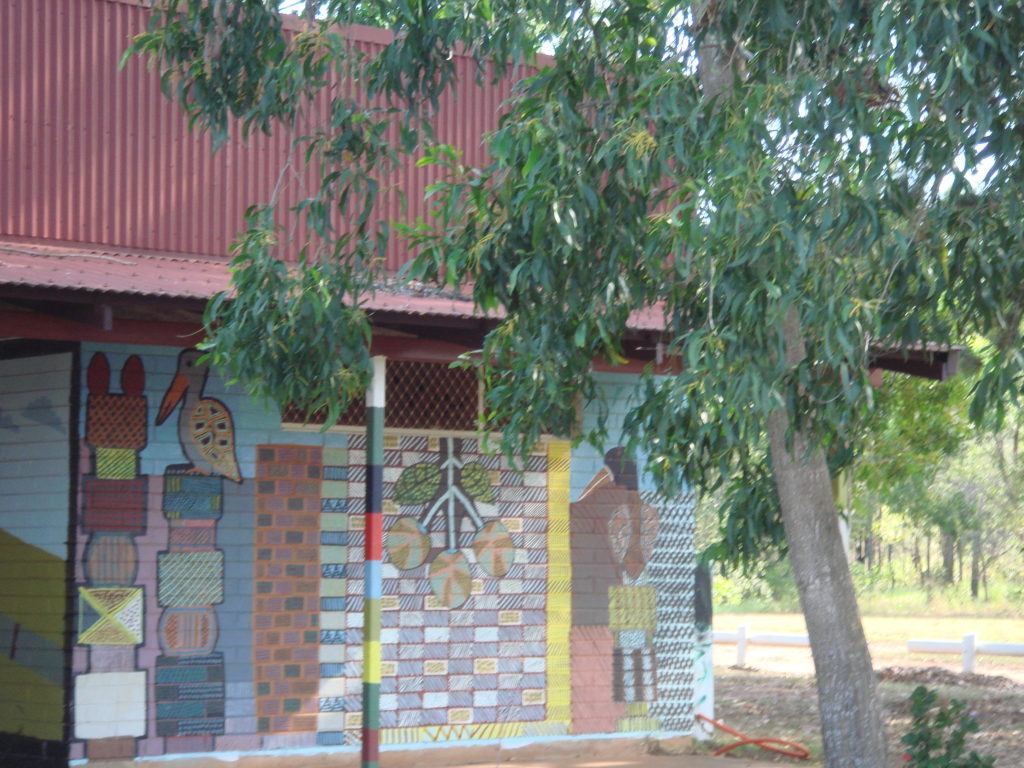
Violence has been so entrenched in some communities that they are simply labelled ‘dysfunctional’. Indigenous females are 35 times as likely to be hospitalised due to family violence related assaults as non-Indigenous females and they are 22 times more likely as non-Indigenous women to be in prison. In 2006-07, 48 per cent of Indigenous homicide victims were female.
“We know that women are still being bashed. We know that certain children are still being abused. It is not part of anybody’s culture. We have to work as a nation to eradicate the belief that it is part of our (Aboriginal) culture to bash women”, acknowledges Northern Territory’s Minister for Indigenous Policy, Alison Anderson.
The situation had become so bad that in 2007, former Prime Minister John Howard-led Liberal Government launched the controversial Northern Territory Emergency Response (NTER) soon after a government-commissioned inquiry concluded that child sexual abuse in remote Aboriginal communities had become an issue of “urgent national significance.”
Commonly referred to as the government `Intervention’, stringent restrictions were imposed on alcohol and pornography, part of the welfare money was quarantined and could only be spent on family essentials and food. Millions of dollars have since been poured into Aboriginal communities to improve education, health care, housing, creating jobs and making communities safer. The initiative cost 687 million Australian dollars ($543 million) in the 2007-08 financial year alone.
While not all our happy with the measures and a 2008 government review of the intervention found feelings of betrayal and resistance, Anderson, who is Aboriginal, insists that since the 2007 `Intervention’, there is more awareness about women and child abuse and there is more safety in the community for them.
“Incidence of domestic violence was very high, but now women are feeling more confident to report crime. We have had a high rate of suicide, too much consumption of gunja and alcohol, riots, kids breaking into homes, but things are settling in. Law is coming to our community and offenders are kept out”, say Maureen Tipuamantumirri, 47, who resides in Nguiu on Bathurst Island. She had suffered domestic violence from her partner and her son committed suicide at 21.
De Santis agrees that restrictions on alcohol and gunja have reduced incidence of domestic violence from approximately 80 to 90 per cent to 60 per cent or less. She says, “Earlier, I would have a stream of victims coming to seek refuge in my home, but this is no longer the case. However, the downside of these restrictions is that people are trying to access alcohol and drugs illegally. This means more people ending up in prisons”.
On the local school playground in Nguiu, girls are enjoying a sack race. In 2006, 24 per cent of Indigenous females had a non-school qualification compared with 46 per cent of non-Indigenous females. In 2008, only 50 per cent of Indigenous females progressed to year 12 compared with 82 per cent non-Indigenous females.
To improve school attendance, community initiatives such as the ‘no school, no pool’ policy and school nutrition programs were introduced under the `Intervention’.

Patrick Puruntatameri, 54, who has been a teacher for the past 16 years and now heads the new Training Centre is unhappy with the abolition of Tiwi language in schools. He says, “Now there is only English taught in schools. We would like to control our own affairs. We can do it ourselves without the government imposing rules”.
Many Aborigines felt “intense hurt and anger at being isolated on the basis of race and subjected to collective measures that would never be applied to other Australians.”
The Training Centre runs courses in business, office management, first aid and also imparts driving lessons. “Of all enrollments, 40 per cent are women. In the past year, four women have accomplished business courses”, says Puruntatameri.
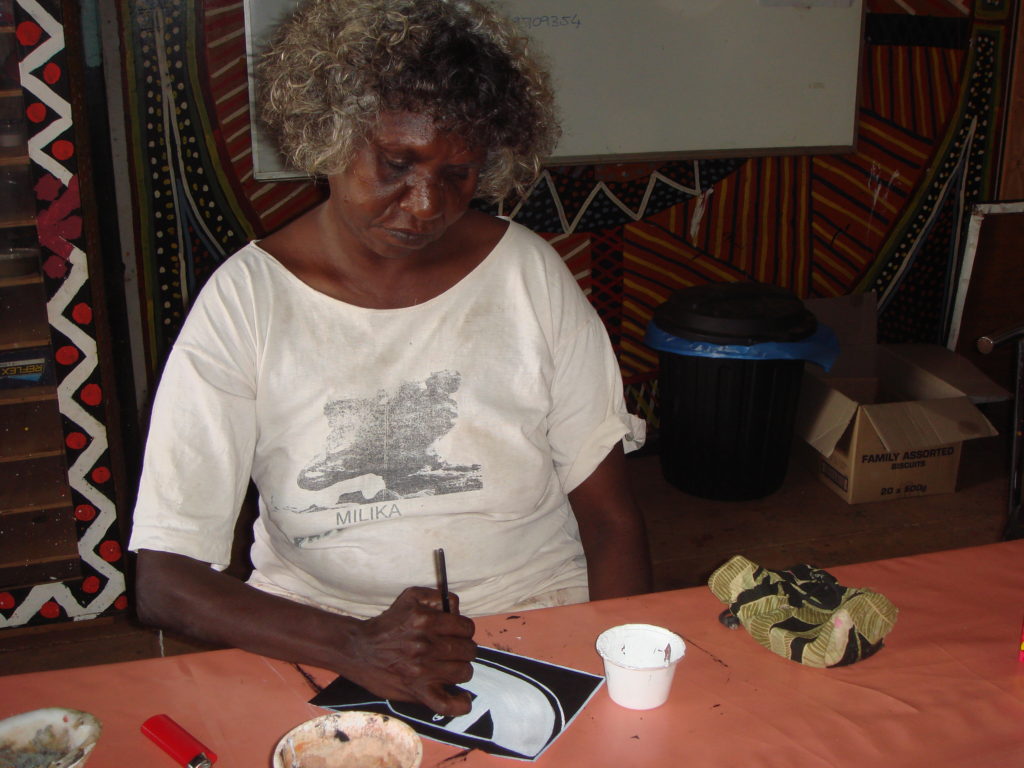
In 2006, only 43 per cent of Indigenous females were employed. Tipuamantumirri is one of four full-time staff working for Tiwi Islands Training and Employment Board’s Money Business, a program to help Indigenous people facing financial hardships in Nguiu.
Financial exclusion is a significant problem among Indigenous communities. Tipuamantumirri says, “We help people with budgeting, bill paying, getting loans, paying fines and developing a savings culture. But the islands are so remote that when we call the call centre on the mainland, they don’t even know where we are”.
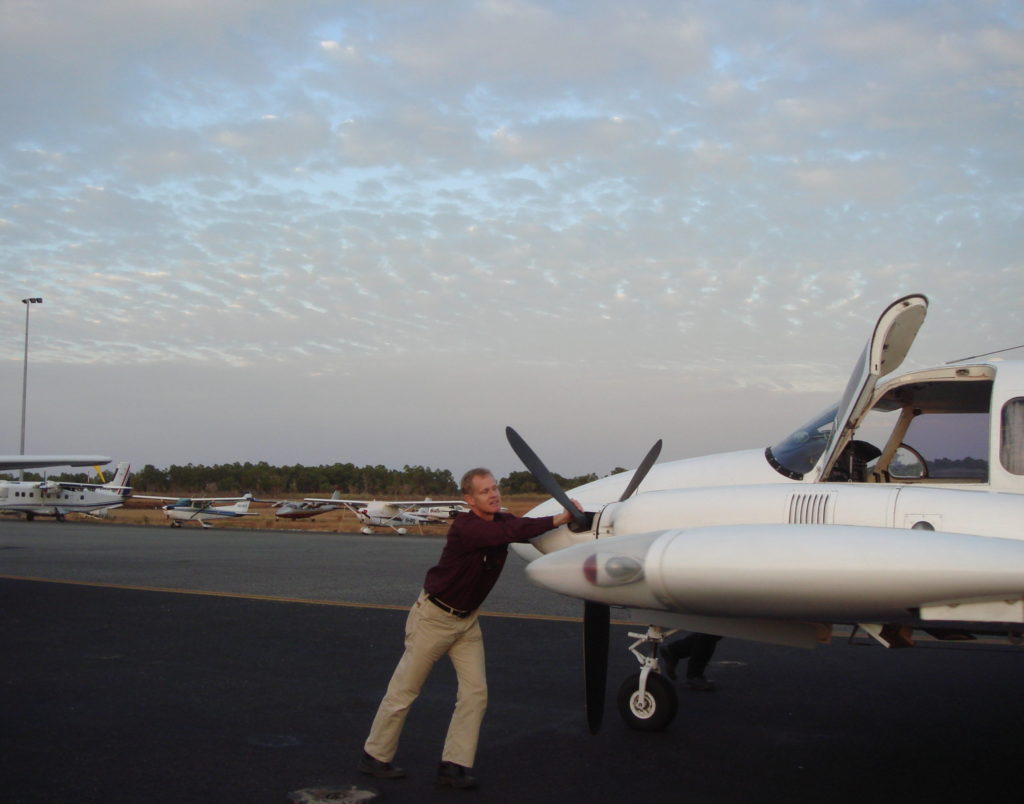
The only access to the islands is on a small aircraft or a two-hour ferry ride from Darwin. Isolated from the Aboriginal communities on the mainland, the Tiwis are a homogenous community known for their passion for football, fishing and distinctive arts and crafts.
On the Islands, the Aborigines have practiced the art of body painting for ceremony over thousands of years. The decorative patterns are also used on Pukumani poles (mortuary poles) and tungas (bark baskets).

A dog is basking in the winter sun outside the painted façade of the Munupi Arts & Crafts Association in Pirlangimpi (Garden Point) on Melville Island. Inside, Rappie Orsto, 50, is in deep thought as she adorns her `Moon man’ painting with fine strokes. She says, “I was one of the first to come to the Arts Centre in 1989. Painting takes my mind away from work and everyday problems and it has taken me to Paris and Canada where our work has been exhibited”.
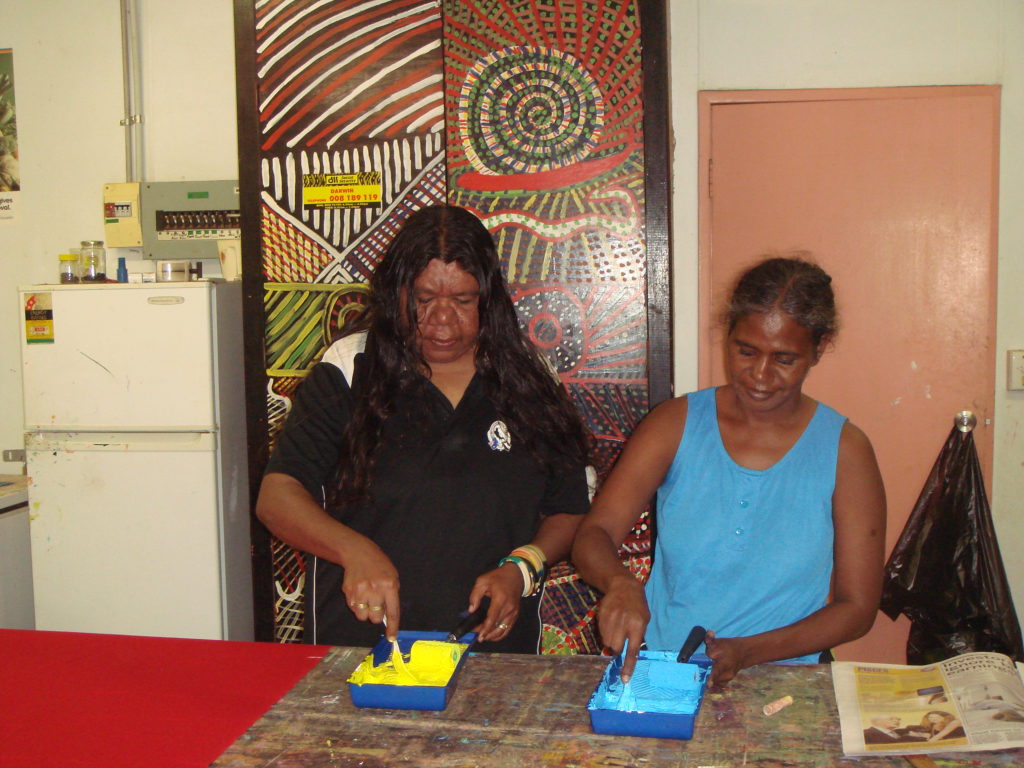
The centre has a dozen Aboriginal women artists, working about 3-4 hours each day and earning about AUD300 weekly. Donna Burak, 36, who has watched older people in her community paint since childhood, is dexterously giving the final touches to a large painting. She explains that the colours – red, black, white, yellow, have a special significance in her culture.
Out of a total population of 517 000 Indigenous people in Australia, 260 000 were females, according to the 2006 census. Life expectancy at birth for Indigenous women is 72.9 years compared to 82.6 for non-indigenous women, a gap of 9.7 years. Asthma, diabetes, heart and kidney diseases are common in the Indigenous population, a result of smoking and poor diet.
At the nearby Women’s Resource Centre, there are posters on healthy eating and how to keep oneself clean. Seven women are employed at the centre under the Commonwealth Development Employment Programme (CDEP) for fabric printing, earning an average AUD 900 a fortnight.
Therese Puruntatameri, in a T-shirt and long skirt, says while some people may have benefited from Government imposed income management, she would like freedom to budget for herself. Under the Government intervention part of the income is quarantined for food and essentials, which can be bought by using the Basics Card.
In this first world country, living conditions in these islands are akin to third world. Much more needs to be done to combat violence, provide safe houses, and enhance education, health and employment opportunities to empower women in remote indigenous communities, which are one of the most disadvantaged populations in the developed world.
© Copyright Neena Bhandari. All rights reserved. Republication, copying or using information from neenabhandari.com content is expressly prohibited without the permission of the writer and the media outlet syndicating or publishing the article.

